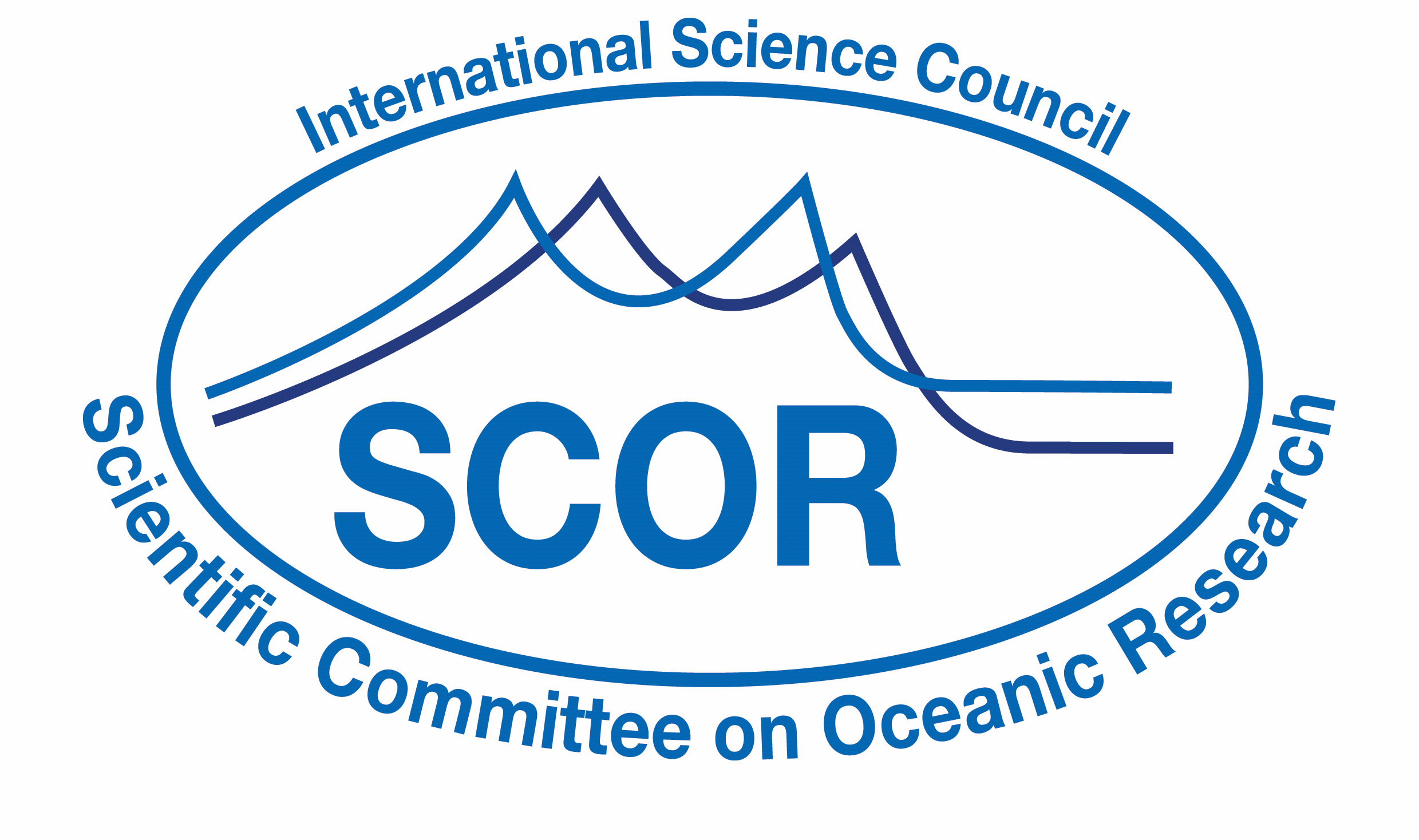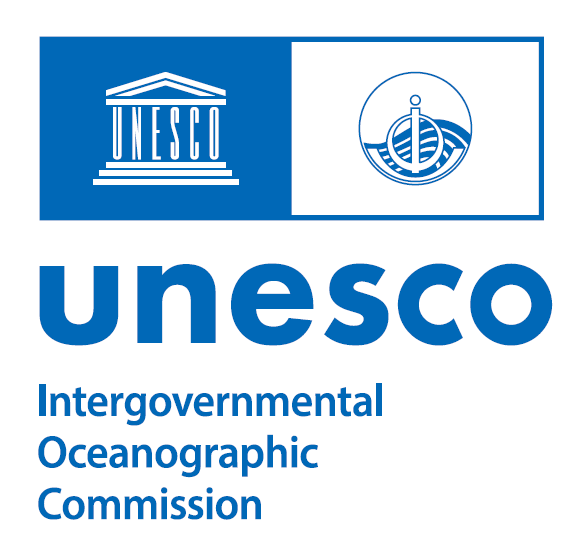Several types of Framework Activities will be co-ordinated by the SSC including:
* Scientific Networking and Co-ordination of Resources
Scientific networking will support GEOHAB research in order to provide the communication necessary for a co-ordinated programme and to ensure comparability of approaches, methods and procedures. Modelling within Core and Targeted Research projects will be co-ordinated by the GEOHAB Modelling Task Team to encourage model development and to ensure the general availability of models. GEOHAB will identify, and draw the attention of responsible bodies to, opportunities for co-ordination of resources that will add value to ongoing or planned research.
* Data Management
Data management and quality assurance are essential in the implementation of GEOHAB research projects. The data management activities of GEOHAB will be aimed at developing and recommending procedures for the management and dissemination of data from GEOHAB projects. These activities will facilitate access to data by a broad community of scientists, and will enable regional and global synthesis and communication of results.
* Specification of Protocols and Quality Control
Specification of protocols within GEOHAB projects will ensure that data generated are reliable and compatible, thereby facilitating synthesis and modelling. In some cases, well-defined, internationally agreed descriptions of methods exist and, where appropriate, these will be adopted. In other cases, the GEOHAB SSC will initiate Framework Activities that lead to the development of appropriate protocols to ensure data collection in a uniform manner for comparative studies.
* Capacity Building
Capacity building will ensure that a new generation of scientists are trained in the study of HABs. GEOHAB can meet its objectives only if well-trained scientists from a wide range of countries are involved. Within its endorsed projects, GEOHAB will encourage a “training through research” approach that offers opportunities for student participation in cruises and instruction in marine research disciplines relevant to HABs.
ENDORSED ACTIVITIES:
- International Conference on Ostreopsis Development (ICOD), 4th to 8th April 2011 Villefranche-sur-mer (FRANCE). Several species belonging to the genus Ostreopsis (benthic dinoflagellates) are common in temperate seas and in particular in the Mediterranean Sea. The ICOD aimed to review the knowledge on 1) ecological, chemical and toxicological aspects of Ostreopsis species and 2) on the different methods of ecologic, economic and health management of the problem. The ICOD facilitated the exchange between scientists, policy makers and managers of the Mediterranean and other temperate countries, in order to optimize the knowledge transfer and reduce the risks linked to the Ostreopsis development. The event was organised by the French Phycological Society, whose 2011 meeting was held the first two days of the event(4-5 April 2011). Contact : icod@obs‐vlfr.fr Conference website here.
- Theme Session - ICES Annual Science Meeting 2010: Oceanography and ecology of HABs: physical/biological interactions, climate change, and other current issues. Conveners: Donald M. Anderson (USA), Geneviève Lacroix (Belgium), and Patrick Gentien† (France).
- Abstracts at: http://www.ices.dk/products/CMdocs/CM-2010/N/N-2010.pdf. A theme session focusing on HABs was held at the ICES Annual Science Meeting in Nantes, France in September, 2010. This concept was developed during joint meetings of two ICES working groups – the Working Group on Harmful Algal Bloom dynamics, and the Working Group on Physical Biological Interactions. The session began with a dedication in memory of our friend and colleague Patrick Gentien, co-convenor of the session who sadly passed away prior to the meeting. The session covered a wide range of model formulations and HAB species. Some of the models were empirical, including approaches such as utilizing sustained wind from specific directions to generate a “wind index” that had a predictive value for Dinophysis and Karenia blooms in southwest Ireland (R. Raine). Other models focused on small-scale behavior and physics such as the scales of turbulence that affect HABs (E. Berdalet), and a population health model of the distribution of Alexandrium cells infected by the parasite Amoebophrya (M. Sourisseau). This study demonstrated that it is realistic to have spatial separation of infected cells from healthy cells with the appropriate behavior. Larger regional-scale models were also presented including a complex ecosystem model that simulated cyanobacterial blooms in the Baltic given different nutritional initial conditions (U. Daewel). Another large-scale model was a coupled physical-biological model of Alexandrium bloom dynamics in the Gulf of Maine (D. Anderson). That model captured the regional dynamics of this species with some skill and is now being used in short-term (days) to seasonal (months) forecasts. In this instance the abundance of resting cysts is a strong determinant of the magnitude of the resulting bloom, though results in 2010 demonstrated how large cyst germination can still fail to provide a significant bloom if growth conditions are not favorable in the water column. The session included regional reports on the monitoring of toxic phytoplankton from three Icelandic fjords (H. Gudfinnsson), bio-geochemistry of cyanobacterial blooms in the Baltic Sea (O. Savchuk), population dynamics of Dinophysis acuminata in the Ría de Pontevedra in Northwest Spain (L. Velo-Suárez) and transport of Dinophysis blooms along the south coast of Ireland (R. Raine). Looking to the future, a new project entitled “ASIMUTH” was introduced (J. Silke); this will integrate Earth Observation data, models and in situ data to provide regular HAB bulletins in six locations along the western European Atlantic coast. A series of poster presentations complemented the oral session. Topics included climate change and the impact of storms on HABs (S. Aleksandrov), the rate of domoic acid production in cultures with different forms of nitrate (G. Calu), and the detection of domoic acid by using Solid Phase Adsorption (G. Hermann). Regional presentations included the summer phytoplankton in the Baltic (E. Lange) and monitoring programme in the southern Caspian Sea (M. Monshizadeh). A model of the life cycle of dinoflagellates demonstrated the role of life cycle transitions in regulating bloom dynamics (A. Kroll). Overall the breadth of model types presented for different HABs and different management needs were impressive. It is encouraging that this aspect of the HAB field is progressing at a productive pace.
- GEOHAB Training Workshop: Taxonomy challenges and identification of benthic dinoflagellates. In conjunction with the GEOHAB Open Science Meeting on Benthic HABs, was held a training workshop from 24 to 27 June 2010 on ‘Taxonomy challenges and identification of benthic dinoflagellates’. The training workshop included microscopy and molecular techniques. Trainers included Drs. Jacob Larsen, Wayne Litaker, Pat Tester and Mona Hoppenrath. The training workshop had 20 participants.More information is available on this WEB site, including presentations and details about publications. https://www.confmanager.com/main.cfm?cid=2067
- GEOHAB Modeling Workshop, 15-19 June 2009, Martin Ryan Institute, National University of Ireland, Galway. More information is available on this web site, including presentations and details about publications.
- HABWATCH- Real-time Coastal Observing Systems for Ecosystem Dynamics and Harmful Algal Blooms(jointly by ICES and IOC and co-endorsed by GOOS). Villefranche-sur-Mer , France , 11–21 June 2003.Proceedings are available on this web site, including recorded oral presentations, posters, and tutorials; http://www.obs-vlfr.fr/habwatch/
- EUROHAB-ECOHAB Workshop on HABs, Trieste, Italy, 5-8 September 2002. European Commission DG Research - Environment Directorate and the U. S. National Science Foundation.
Contact:
Report available at http://bookshop.eu.int ISBN: 92-894-5700-7 Project title:
EUROHAB-ECOHAB Workshop on HABs, Trieste, Italy, 5-8 September 2002. European Commission DG Research - Environment Directorate and theU. S. National Science Foundation.
Contact:
Report available at http://bookshop.eu.int ISBN: 92-894-5700-7
- Workshop on "Molecular Probe Technology for the Detection of Harmful Algae", May, 20-24, 2002, Martin Ryan Institute, Galway, Ireland
Contact:
D r. John PATCHING
Martin Ryan Institute,
National University of Ireland, Galway
Galway
Ireland


